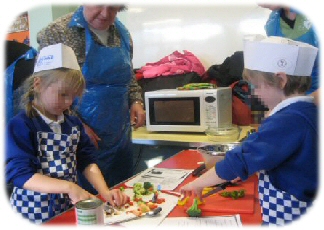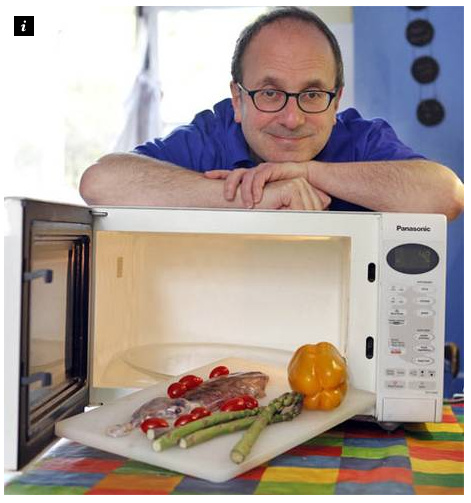Microwave cooking - is it safe?
A number of years now of delivering our unique approach to healthy eating, using microwave cooking, has clearly demonstrated a range of benefits:
There are many misconceptions about microwave ovens, including:
F.A.Q
If you have concerns about the safety of microwave cooking, we have collected some useful,and reliable, information here: |
All that we require is space, tables
and electric points and we can supply the rest. Call us on 0333444 7325 or: Teach the world to ping!
I will probably murder the next person who tells me that microwave cooking "isn't really cooking". The statement often comes from people who have never used one, or use it only to reheat coffee or "cook" a ready-meal. If they don't want to use a microwave oven, fine. Just don't tell me that it isn't real cooking: it's as real as frying, roasting or grilling. It simply uses a different kind of energy to create heat in food.
More |
(C) Frogprints 2012





